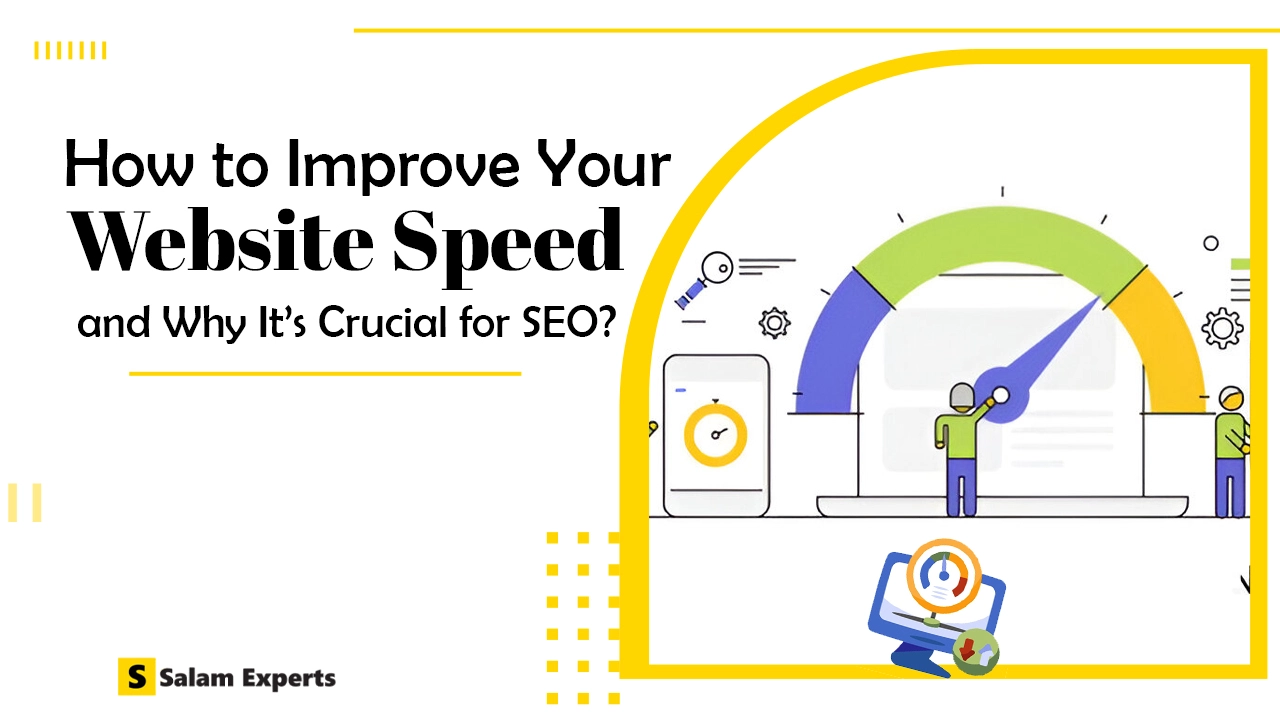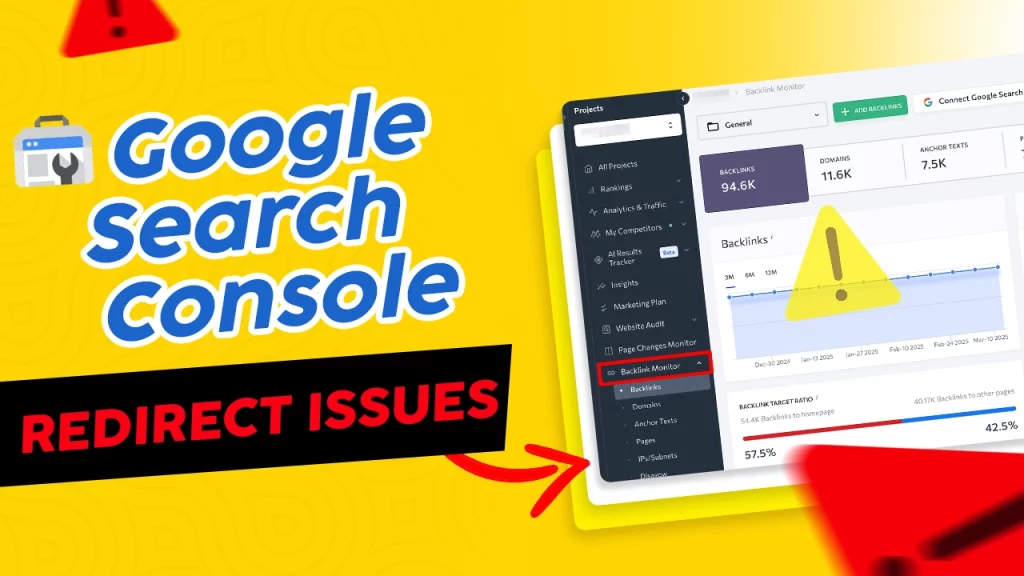🚀 How to Improve Your Website Speed and Why It’s Crucial for SEO

Website speed is a critical factor in both user experience and search engine optimization (SEO). In today’s fast-paced digital world, users expect websites to load quickly. In fact, a delay of even a few seconds can result in higher bounce rates, lower engagement, and a significant loss in potential revenue. Additionally, Google has made it clear that page speed is a ranking factor, which means a slow website can negatively impact your SEO efforts.
In this post, we’ll explore why website speed matters for SEO, how it impacts user behavior, and practical steps you can take to speed up your WordPress website.
🚀 How to Measure Website Speed
Before improving your website’s speed, you need to measure it. Here are some tools you can use to assess your website’s performance:
- Google PageSpeed Insights: This tool provides a detailed analysis of your site’s speed and suggests improvements. It also gives you scores for both mobile and desktop versions.
- GTmetrix: GTmetrix is another excellent tool that measures your website’s speed and provides recommendations for improvements.
- Pingdom: Pingdom helps you test your website’s load time and provides insights into what’s slowing your site down.
- Google Search Console: There is a Core web vitals option in the Google search console. This option provides useful insights on how user’s are experiencing the page speed in real. It is recommended to keep an eye on that.
For automated improvements, consider exploring AI SEO tools for WordPress to boost your site’s performance and SEO.
🚀 How to Improve Website Speed
Here are several actionable steps you can take to improve your website speed:
Step 1: Optimize Images
Large images can significantly slow down your website. To improve speed, make sure to:
- Use the best AI image generator tools to create optimized, high-quality visuals that maintain clarity while minimizing file size.
- Compress images to reduce file sizes without compromising quality. Use tools like TinyPNG or ImageOptim.
- Use the right file formats: JPEG for photos, PNG for images with transparency, and WebP for a combination of both small file sizes and high quality.
- Lazy load images: This technique delays the loading of images until they are needed (i.e., when they appear on the user’s screen). This reduces the initial page load time.
Step 2: Use Caching Plugins
Caching helps store static versions of your website’s pages to reduce the server load and speed up delivery to users. WordPress caching plugins can automatically store a cached version of your pages. Some popular and our own used plugins plugins include:
By enabling caching, you can ensure your site loads faster for returning visitors.
Our new love is FlyingPress as we are using this plugin for many of our clients.
Step 3: Minify CSS, JavaScript, and HTML
Minification refers to removing unnecessary characters (like spaces, comments, and line breaks) from your website’s code. This can reduce the size of your files and speed up page loading. You can use plugins like:
- Autoptimize: This plugin helps minify CSS, JavaScript, and HTML files, improving load times.
- WP Rocket: It also includes options to minify and combine files.
Step 4: Implement a Content Delivery Network (CDN)
A Content Delivery Network (CDN) stores copies of your website’s static files (images, CSS, JavaScript) on multiple servers worldwide. When a user visits your website, the CDN serves the content from the server closest to them, reducing loading time, increasing speed and boosting WordPress organic traffic.
Popular CDN providers include:
CDNs can also enhance website security by protecting against DDoS attacks and providing additional features like SSL.
Again our new love is Flying CDN due to its coverage, price and uptime.
Step 5: Optimize Your Database
Your website’s database can accumulate a lot of unnecessary data over time, such as old drafts, spam comments, and post revisions. Cleaning up your database can improve site speed. Use a plugin like WP-Optimize to delete unnecessary data and optimize your database tables.
For insights on technical SEO improvements, including database optimization, you must take technical SEO and hosting options for Core Web Vitals in consideration.
Step 6: Upgrade Your Hosting
Your website’s hosting provider plays a major role in speed. If you are using shared hosting, you might experience slower load times, especially as your website grows. Consider upgrading to:
- Managed WordPress hosting: Providers like WP Engine, Kinsta, and Flywheel offer fast, optimized hosting specifically for WordPress websites.
- VPS Hosting: Virtual private servers offer more resources and control over your website’s performance.
- Dedicated Hosting: For larger websites, dedicated hosting provides the most resources and the fastest performance.
Step 7: Reduce Server Response Time (TTFB)
The Time to First Byte (TTFB) refers to the amount of time it takes for the browser to receive the first byte of data from the server. A high TTFB can significantly slow down your website. To reduce TTFB, consider the following:
- Upgrade your hosting to a faster provider.
- Use a CDN to reduce server load.
- Optimize your database and website files to reduce the time the server takes to process a request.
🚀 Why Website Speed Matters for SEO
1: User Experience
Speed is one of the most important elements of a positive user experience. Users are impatient and tend to abandon websites that take longer than 3 seconds to load. According to a study by Google, 53% of mobile users will leave a site if it takes longer than 3 seconds to load. The quicker your site loads, the more likely visitors are to stay and engage with your content.
2: Bounce Rates and Engagement
Slow websites often have higher bounce rates (when visitors leave after viewing only one page) and lower engagement metrics (such as time spent on site). If users leave your site quickly, it sends a signal to search engines that your website may not be valuable or user-friendly. Minimizing bounce rates is part of a strong WordPress SEO checklist every site owner should follow.
3: SEO Ranking Factor
Google uses page speed as a ranking factor, which means faster websites are likely to rank higher in search results. Google has even implemented the Core Web Vitals, a set of performance metrics that evaluate user experience, including loading speed, interactivity, and visual stability. Slow page load times can hurt your chances of ranking on the first page of Google.
4: Mobile-First Indexing
Google now primarily uses the mobile version of a website for indexing and ranking, which means that mobile speed is crucial. Websites that load quickly on mobile devices are more likely to rank well in search results.
You can avoid common pitfalls by exploring the most common WordPress SEO mistakes.
🚀 Final Thoughts
Improving your website’s speed is one of the most important steps you can take for both user experience and SEO. With faster load times, you’ll see improved rankings, reduced bounce rates, and higher conversion rates. By following the steps above, you can create a faster, more user-friendly website that will keep both your users and search engines happy.






